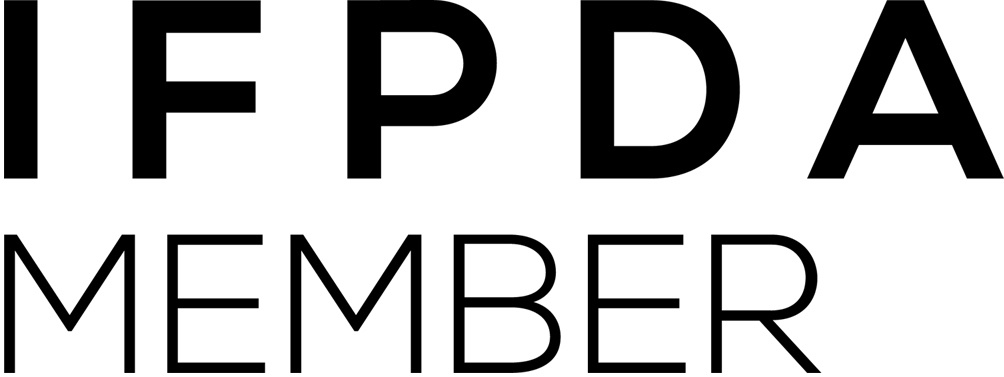2023 marked The Redfern Gallery’s centenary year. Founded at Redfern House, Bond Street, the gallery moved to its current premises, Cork Street in 1936. It is one of the longest-established dealers of Modern British and Contemporary art in London.
Throughout its illustrious 100-year history, The Redfern Gallery has continued to set trends, launch the careers of major artists, and organise landmark exhibitions.
Within its first year of operating, the Redfern was the first gallery to showcase the carvings of Henry Moore and Barbara Hepworth and in 1929, the first exhibition of British Linocuts, featuring prints by the Grosvenor School, particularly those of Sybil Andrews, Cyril Edward Power and their instructor, Claude Flight. The Redfern also boasts the distinction of having been the first commercial gallery to offer London shows to many international artists, such as Jankel Adler, Paul Delvaux, Sidney Nolan, Jawlensky, Maria Helena Vieira da Silva, Jun Dobashi, and Jeffrey Smart.
It was at The Redfern Gallery where, in 1943, Patrick Heron first saw Matisse's Red Studio, which he described as "a life-changing experience ... the single most influential painting in my entire career". Heron was not alone in finding inspiration from Redfern exhibitions; Francis Bacon and Frank Auerbach both made separate visits to admire the Ceret landscapes of Chaim Soutine, while Kyffin Williams encountered Georges Rouault for the first time, which he later admitted had a profound effect.
Heron was a regular visitor in his capacity as art critic, before forging a career as an artist in his own right, with the patronage of the Redfern. He was among many young British painters, along with Victor Pasmore, Alan Reynolds, Mary Fedden, Paul Feiler, and Adrian Heath, who were given their big break by the Redfern. Many of these artists took part in its Coronation Exhibition, a celebration of contemporary British painting, in which Sickert's La Hollandaise appeared in public for the first time since 1925, alongside Lucian Freud's Daffodils and Celery, and Pasmore's Spiral Motif in Green, Violet, Blue and Gold.
Pasmore featured in various seminal group shows held at the Redfern, including Metavisual Tachiste Abstract: Painting in England Today, while other landmark group shows include Structures Vivantes, the first survey of kinetic and optical art held in Britain, in 1964, and Russian Emigre Artists, which featured paintings by Chagall, Jawlensky, and Soutine, and won the praise of David Sylvester.
The 1960s saw an emerging generation of young British artists, and the Redfern Gallery was instrumental in giving several of these their first exhibitions. In 1963, Patrick Procktor's solo exhibition was a near sell-out before it opened. The gallery also exhibited young talents like John Carter, Bryan Organ, David Oxtoby, and Peter Sedgley.
The Redfern Gallery continues to promote the best of modern British art having recently supported the critically-acclaimed museum retrospectives of William Gear (Towner), Paul Feiler (Jerwood Gallery), Margaret Mellis (Towner), David Tindle (Huddersfield Art Gallery) and most recently, Eileen Agar (Whitechapel Gallery).


